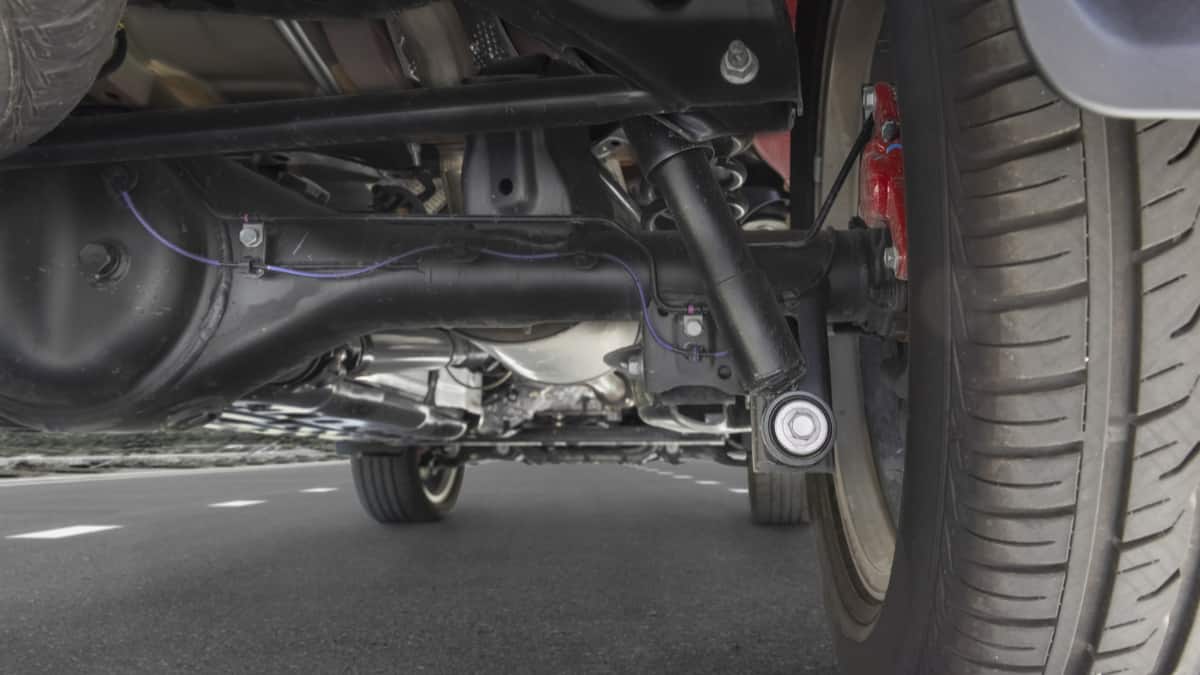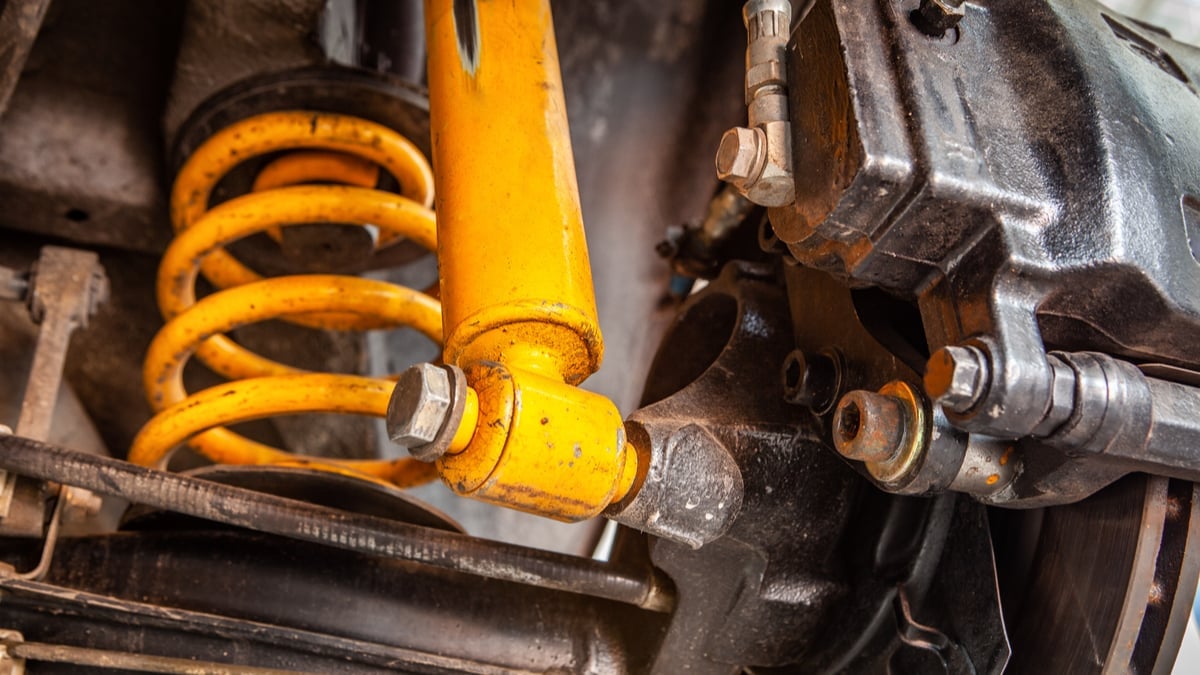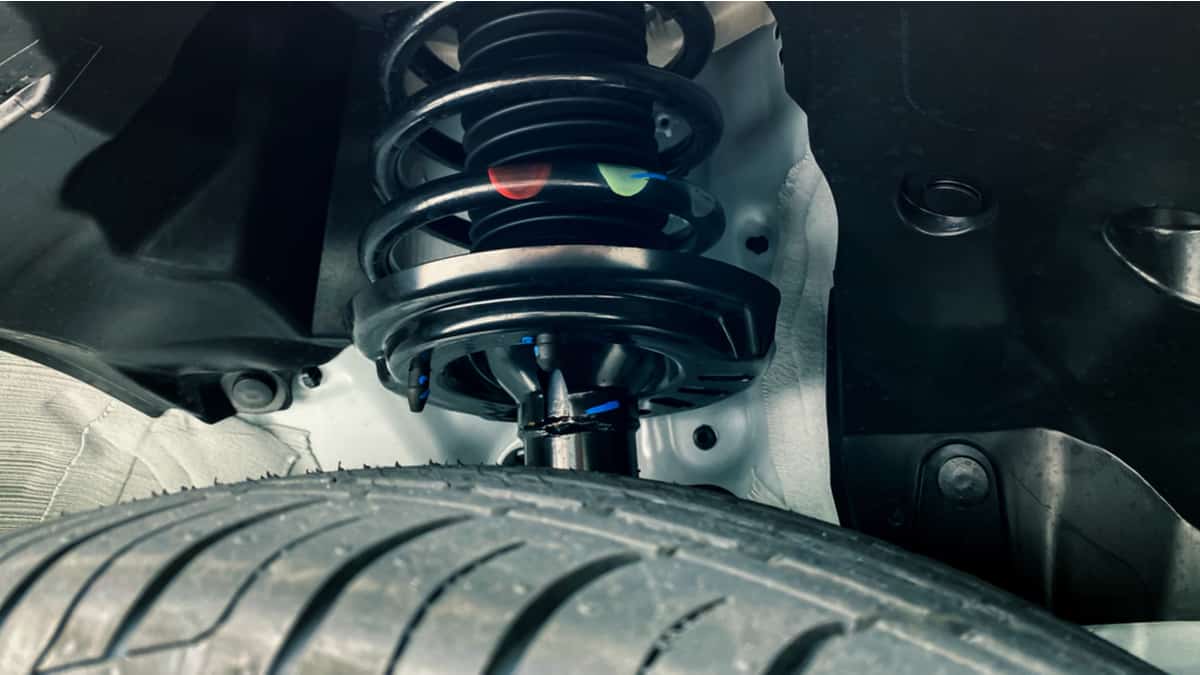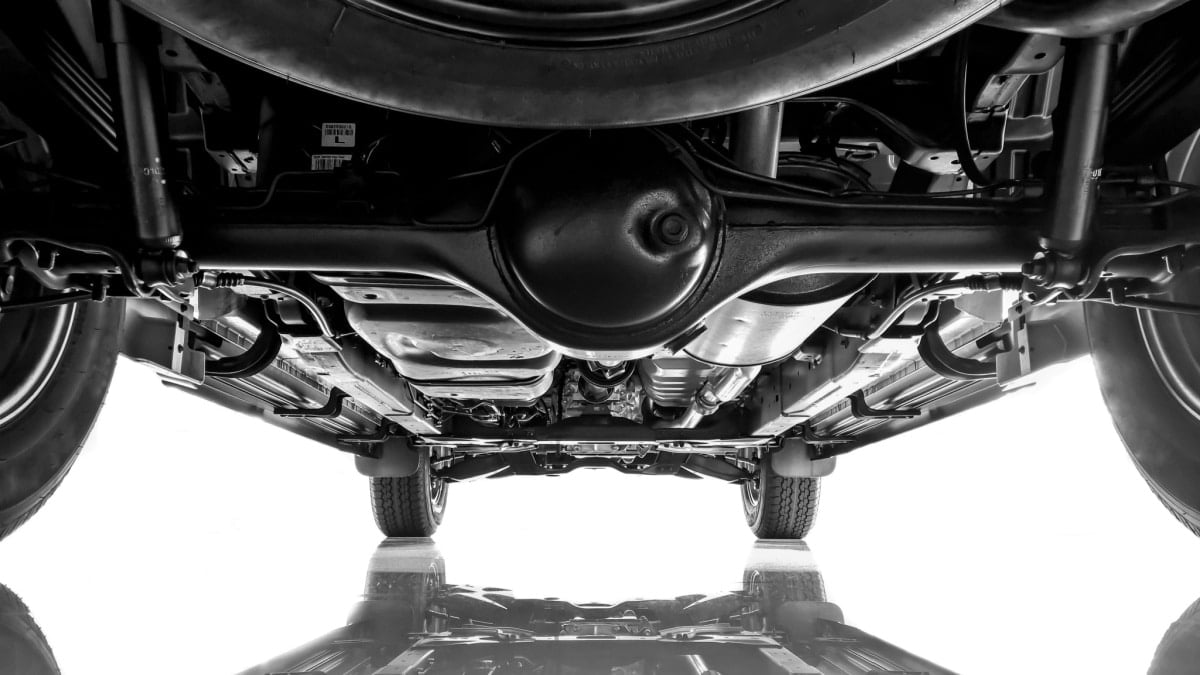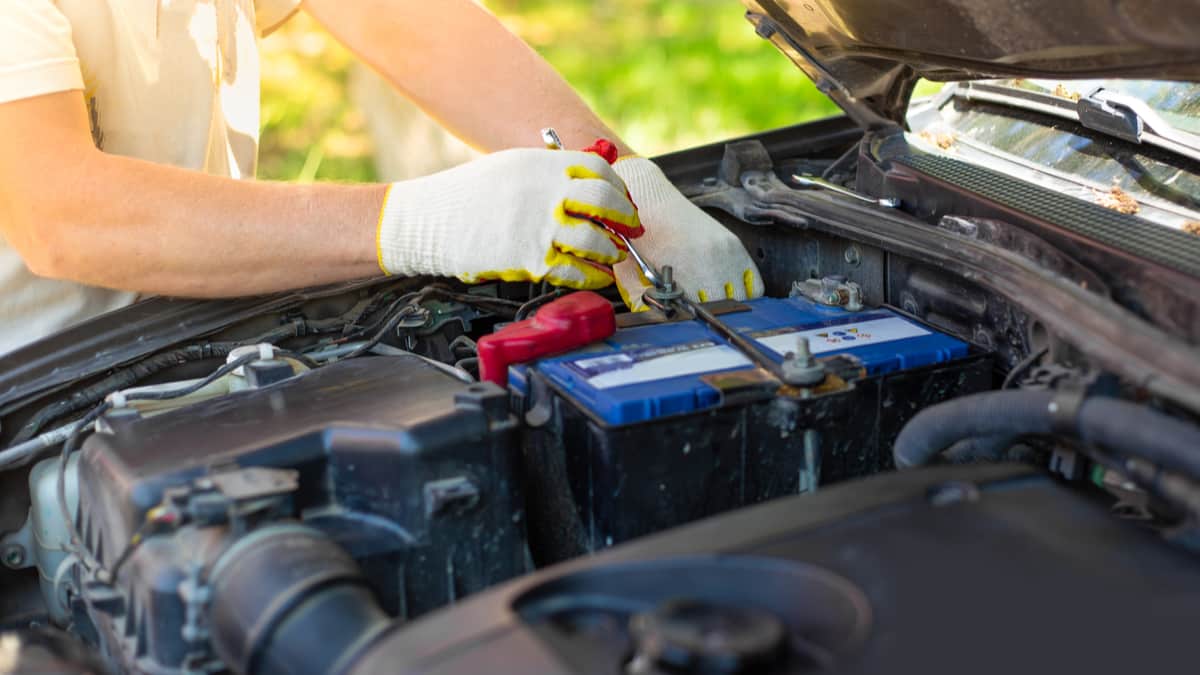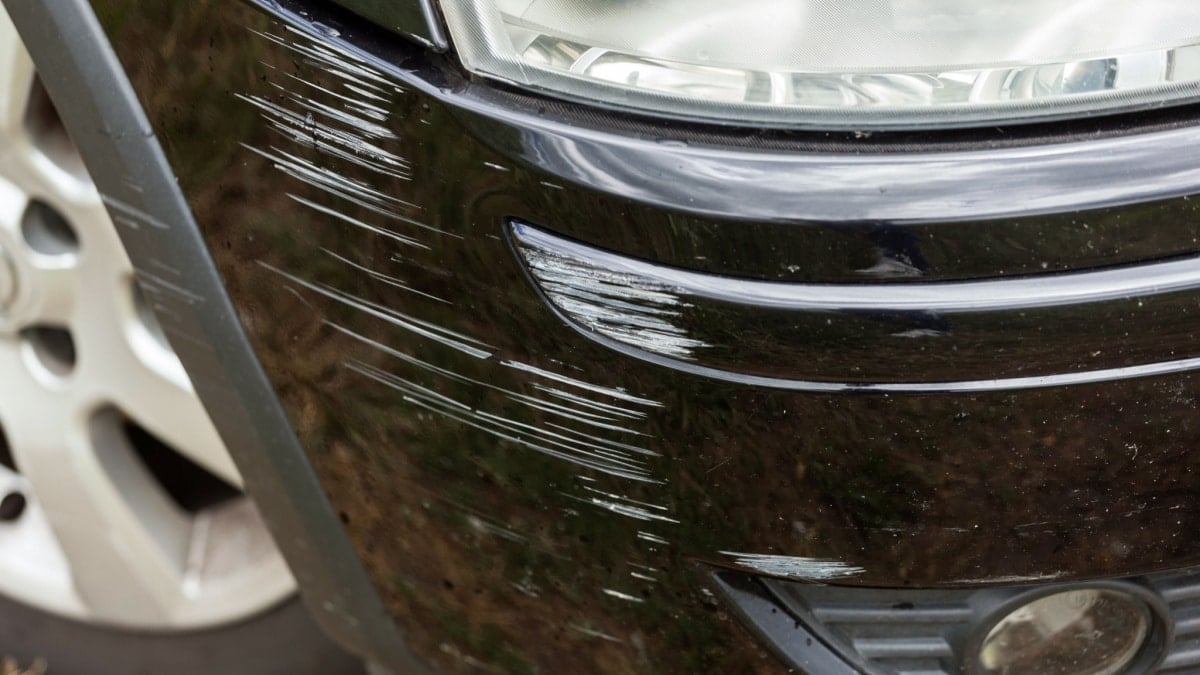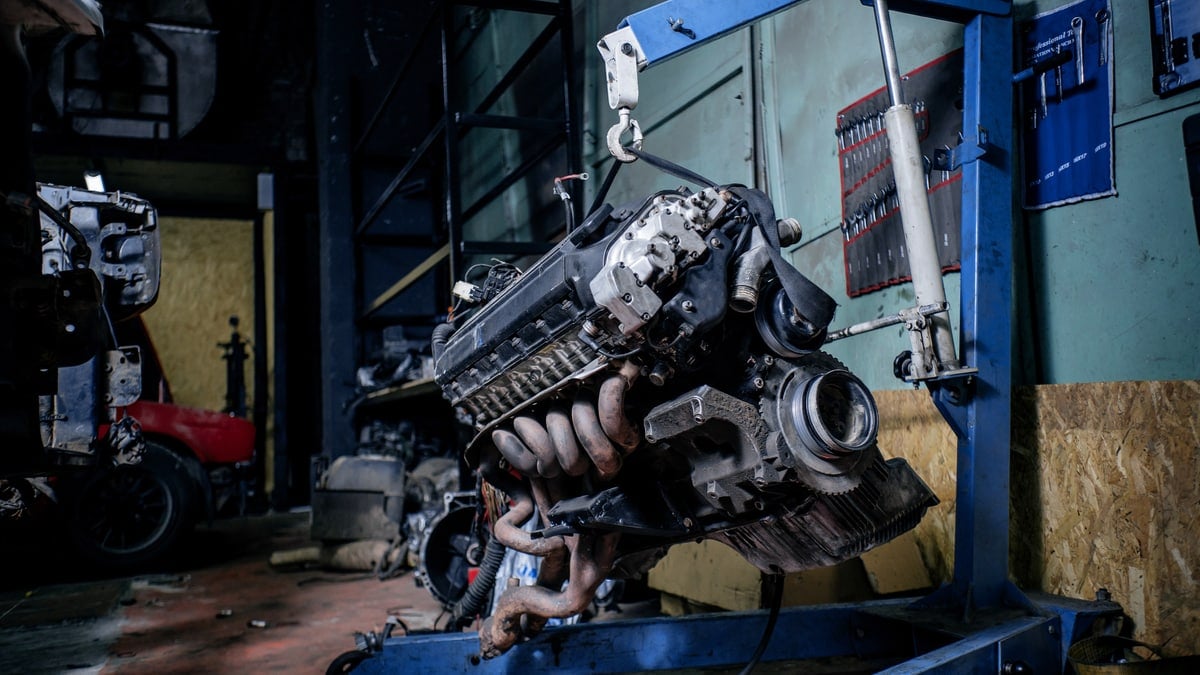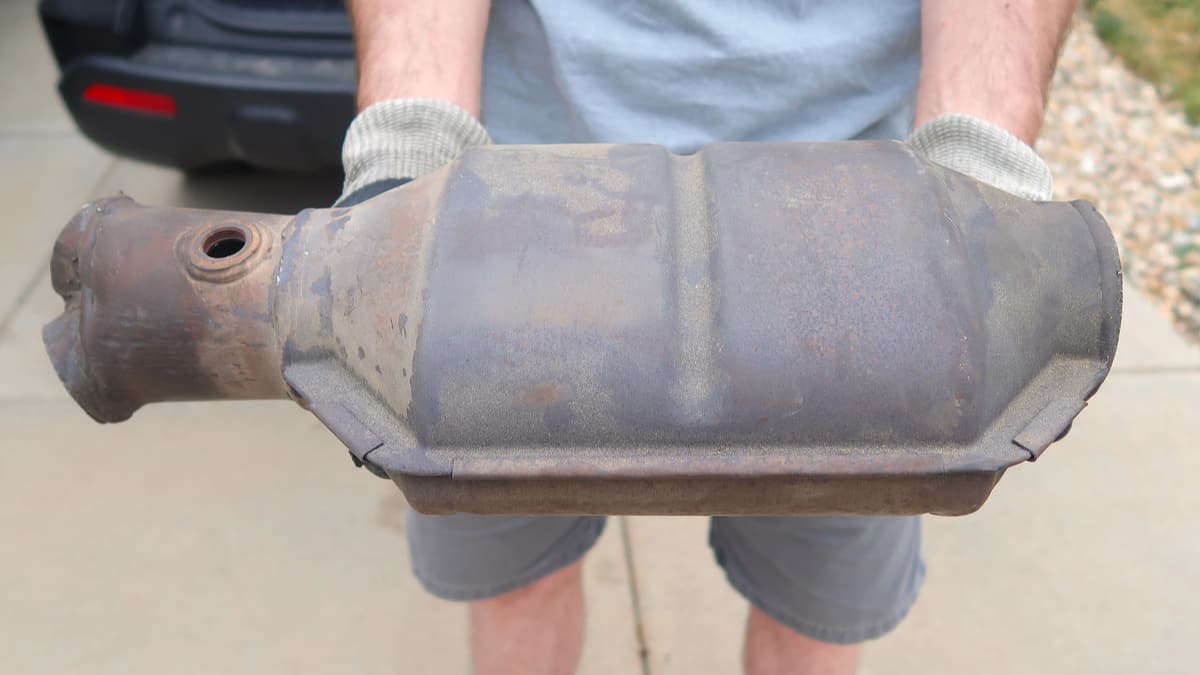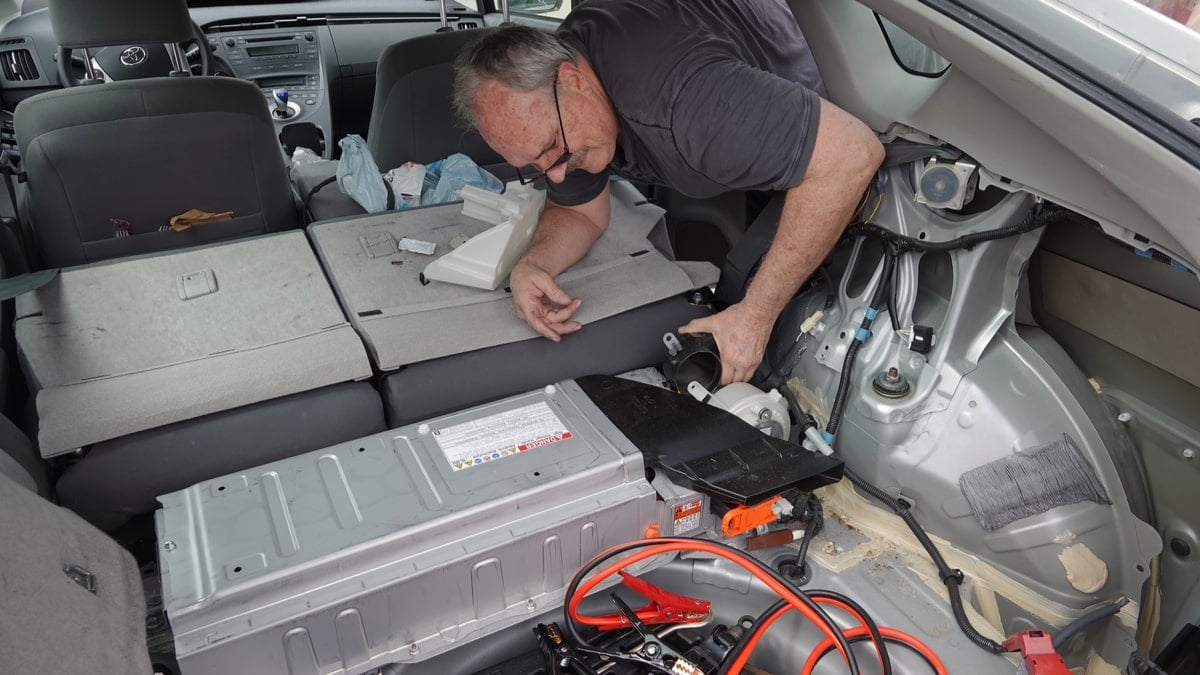The car axles not only support the weight of the vehicle, but also help to rotate the wheels, so you can head down the road. If the car axle gets bent or broken, it needs to be replaced. But how much does it cost to replace a car axle?
It’s important to recognize the signs of a bad axle before it breaks or bends. I cover these symptoms and help you get your car back in proper running order once again. Before I get there, I first describe the different types of axles your car might contain, helping you understand the equipment better.
How Much Does Car Axle Replacement Cost?
A front axle repair could cost $500 to $800 for the parts and labor. On the other hand, rear axle repair might cost $450 to $650 for parts and labor. If you need to replace the CV axle, you could spend $200 to $600. All of these prices would be lower if you could perform the replacement yourself.
Will the Car Axle Break?
There are many signs that the axle is deteriorating. However, it’s rare that the axle will break spontaneously without a major impact occurring. Instead, most drivers are given plenty of notice that something is wrong, giving you the time to take action before a break occurs.
If you ignore the symptoms of a bad car axle, it could break while you are driving. If this happens, you could lose control of your vehicle, which might result in a collision and injuries. For this reason alone, you want to know when to have the vehicle looked at and repaired before this problem occurs.
Different Types of Car Axles
1. Front Axles
Front axles are required to support the vehicle’s weight and absorb shock from steering. The live front axle also drives the wheels so as to pull the car.
The most common type on a FWD vehicle is the constant velocity (CV) axle. With this axle, you’ll find a CV joint located near the wheel. The CV joint allows for the driveshaft to transmit power to the vehicle at changing angles without adjusting speed.
These are also referred to as half-shafts, since they only perform half of the work of a normal axle. You find one CV axle per wheel in the front. The good news is, if only one side is bad, that’s all that needs to be replaced.
2. Rear Axles
It should be obvious that the rear axle is found towards the back of the vehicle. It can be a live axle if the rear wheels are part of the drive wheels, or can be considered a dead rear axle. Moreover, there are different types of rear axles.
A semi-floating axle carries the car’s weight with a bearing on the axle housing and with another in the axle casing. You usually find these on light-duty and mid-size trucks. A full-floating axle transmits torque and contains a wheel hub attached to the axle tube and shaft. It contains two wheel bearings, allowing for the weight to be shifted. This is most commonly found on heavy-duty and 4WD trucks.
Finally, there’s the option of a three-quarter floating axle design. This elongated tube contains a rotating shaft that is more reliable than the other options. It’s best for optimizing side thrust and driving torque.
3. Stub Axles
Stub axles are also known as stud axles. They only support a single wheel instead of the whole axle. If the car is RWD, the stub axle would be connected to the front, and vice versa with a FWD vehicle. This stub axle is needed to provide angular direction while cornering.
There are several types of stub axles, as well. An Elliot is one that connects to the front axle with a yoke hinge that uses a cotter and kingpin. There’s also the Reverse Elliot, which is exactly the same, but connects in the opposite order.
With a Lamoine stub axle, you gain an L-shaped spindle that takes the place of the yoke, but there’s still a kingpin. It’s found most often on tractors, and is located on the front axle. Of course, there’s also the Reverse Lamoine, and this is found on the front axle of the RWD car.
Signs of a Bad Car Axle
1. Vibrations
One of the most obvious signs that something is wrong with an axle is the vibration that’s felt when it is failing. You will feel these vibrations through the steering wheel and also throughout the cabin while the car is moving. Your passengers will also notice it as it gets more severe.
The car axle doesn’t just help keep the car moving if it is a live axle – it is also responsible for supporting the vehicle’s weight. Vibrations indicate that there’s something wrong with the axle, but they could also be caused by other problems. It could simply be that the tires are worn or the wheels are misaligned. That’s why a complete inspection is required before you make any repairs.
2. Clicking Sound
You may not notice any clicking noises unless your car has CV joints. If the CV axle or joints are failing, the clicking will occur when you are making a turn. You might be able to tell which joint is bad based on when the noise occurs. If you catch it early enough, it’s possible to save some money on an easier repair versus having to replace an entire axle.
If you start to hear more than clicking, such as a knocking that’s rhythmic, there could be larger problems. This sound occurs when the axle itself is damaged. It can also occur when other suspension parts go bad, such as the struts.
RELATED: Car Makes Noise When Turning? (9 Causes & How to Fix it)
3. Leaking Grease
CV joints are always rotating, so lubrication is a must. Because of all of the moving parts, a lack of lubrication would lead to friction. To keep the parts lubricated, grease is needed.
However, bad CV joints can also leak. If you see grease seeping out, there could be damage that must be repaired. You may see the grease on the wheels or otherwise under the car. However, this leaking grease should also coincide with other symptoms.
4. Unstable Driving
When the axle bends, the alignment of your vehicle gets tweaked. Hopefully, you are able to catch the problems before it gets to this point, but any major impact can cause an axle to bend immediately, leaving you with no time to do anything different.
If the axle is bent, the car is going to start to wobble. You might also notice it pulling to one side. At first glance, it might just appear that the alignment is off, but there’s a reason for it. The bent axle will be discovered during an inspection.
You should never drive your vehicle while it is unstable. Otherwise, you put yourself at risk of losing control and creating an accident. Instead, stop driving the vehicle until you have the axle repaired. After all, the cost of the axle repair is far less than what you will deal with after an accident.
Categories: Estimator, Suspension
